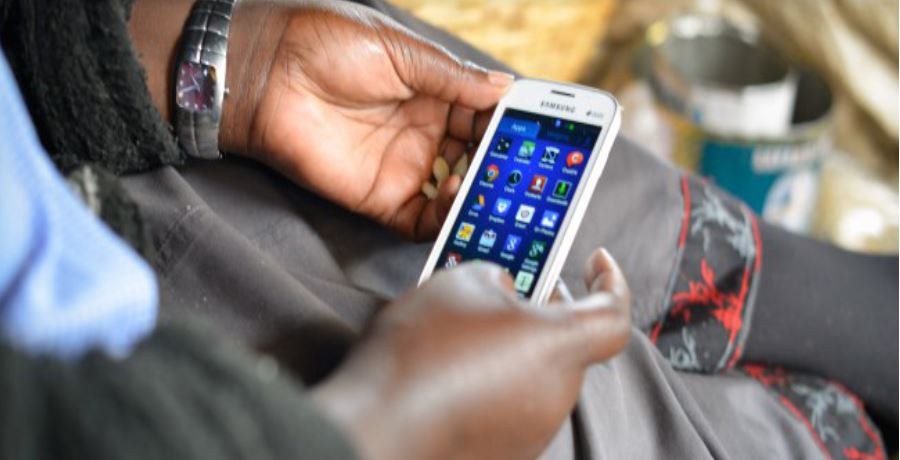
The Mobile Economy Sub-Saharan African report by GSMA has brought to the limelight interesting pointers on the state of mobile connectivity in Africa while highlighting projections of industry outlook by 2025.
The report says that mobile connectivity gained prominence in Sub-Saharan Africa during the Covid-19 pandemic, as it became an essential way of supporting consumers’ lifeline.
Countries are now leveraging on the progress made during this period, “to build economies that are more resilient to future shocks, enhance productivity and efficiency in service delivery, and ensure more inclusive socioeconomic development.” The report elaborates.
About 40% of the adult population in Sub-Sahara Africa are now connected to mobile internet services. 44% live in areas covered by mobile broadband networks but do not yet use mobile internet services.
There is a significant increase in 5G uptake across the continent with activities such as 5G spectrum auctions, 5G pilots and commercial trials, and efforts to develop locally relevant 5G use cases getting priority.
“While the general consensus remains that a widespread 5G rollout is more of a long-term prospect in Sub-Saharan Africa, there is a strong case to utilize the technology in some scenarios to serve certain connectivity requirements for individuals and enterprises.”
The GSMA report further notes that 3G will remain the dominant connectivity technology in Sub-Saharan Africa, accounting for over half of total connections by 2025. However, 3G adoption has shown a decline this year, as operators shift predominantly to 4G, which is expected to account for a third of mobile connections in the region by 2025.
The youthful population in Africa is expected to play a key role in enlarging the subscriber base across the continent. Sub-Saharan Africa had 515 million people subscribed to mobile services in 2021, but there will be nearly 100 million new subscribers by 2025, as more people under 18 years come of age.
“Mobile connectivity has the potential to accelerate Sub-Saharan Africa’s digital transformation and drive socioeconomic advancement in areas such as healthcare, education, digital commerce, industrial automation and smart city infrastructure.”
To realize the potential that mobile connectivity harbours, there is a need for policy measures, the development of infrastructure and investments that improve the affordability of digital services.
Follow us on Telegram, Twitter, and Facebook, or subscribe to our weekly newsletter to ensure you don’t miss out on any future updates. Send tips to info@techtrendske.co.ke


